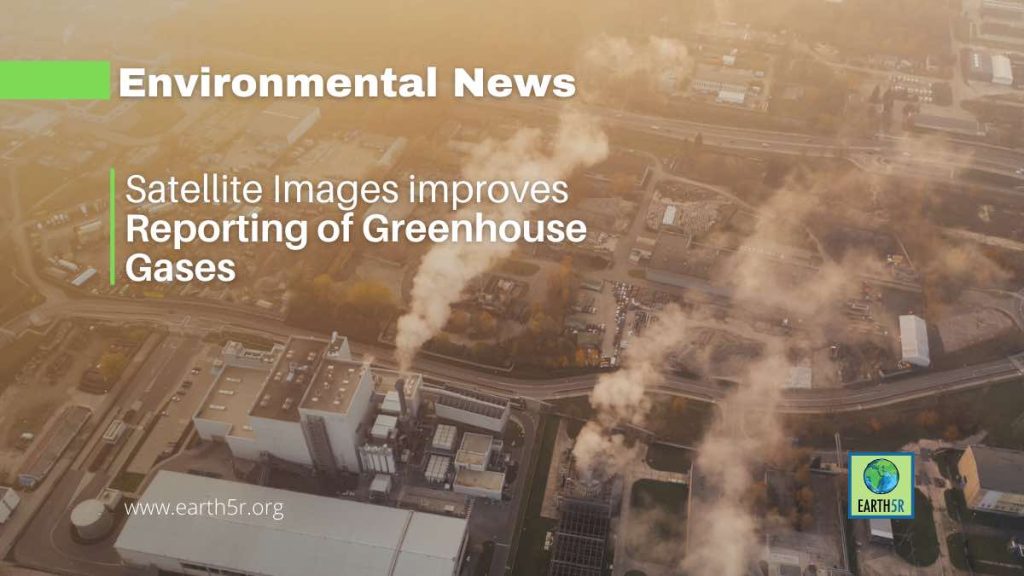Satellite Images Improves Reporting Of Greenhouse Gases
With the climate crisis continuing to tighten its grip, nations around the world are making efforts to reduce emissions of climate warming gases. To track action, countries report their greenhouse gas emissions to the UNFCCC – the body responsible for driving global action to combat climate change.
Reducing emissions of greenhouse gases, such as carbon dioxide and methane, is clearly paramount to avoiding the worst impacts of climate change. But to understand if mitigation strategies are actually meeting reduction targets, accurate measurements of emissions are key.
While accurate and consistent reporting is crucial, very few countries exploit Earth observation satellite data to check and improve their estimates. Scientists have now devised new ways of comparing national greenhouse gas inventories with independent measurements taken from space.
Countries use estimates of sector-based activity to compile their national greenhouse gas reports and to show progress towards delivering on their carbon reduction commitments under the Paris Climate Agreement. Registries of greenhouse gas emissions, as well as the flux of carbon dioxide between the atmosphere and the ground over managed land, are based on national statistics following IPCC guidelines
New satellite missions launched in the coming years will provide a much denser sampling of atmospheric carbon dioxide and methane. ESA is currently developing the Copernicus Anthropogenic Carbon Dioxide mission, which will be the first to measure how much carbon dioxide is released into the atmosphere specifically through human activity.
The mission will provide the European Union with a unique and independent source of information to assess the effectiveness of policy measures, and to track their impact towards decarbonizing Europe and meeting national emission reduction targets.
Further Reading : Environmental News Network
Further Reading : European Space Agency
Further Reading : What is Mitigation and Adaptation NASA- Responding to Climate Change




